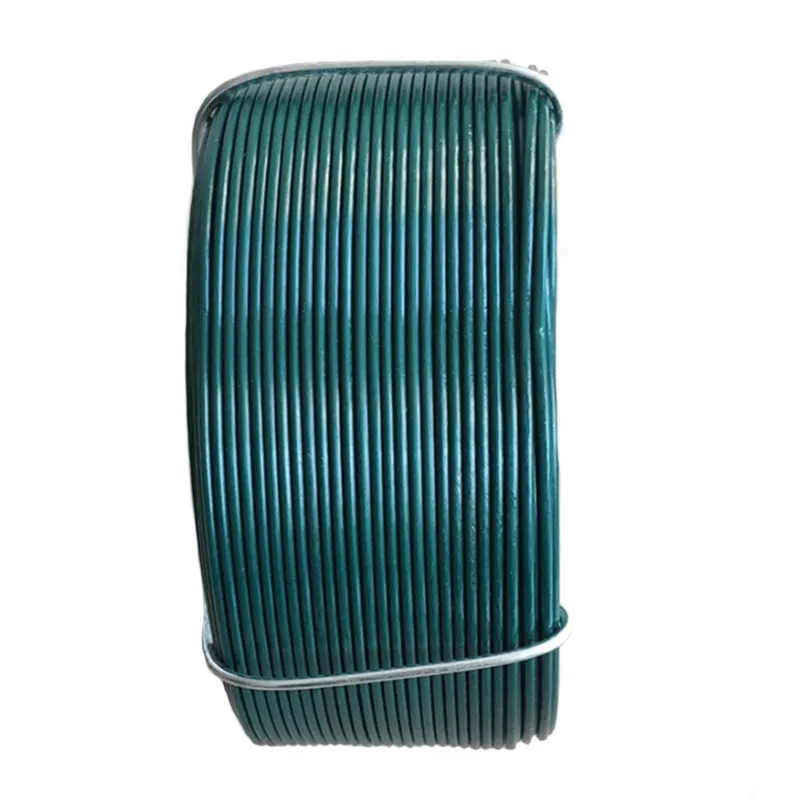-
 Phone:
Phone: -
 Email:
Email:

Exploring the Versatility and Applications of Hexagonal Wire Mesh in Various Industries
Hexagonal Wire Mesh Versatile Solutions for Various Applications
Hexagonal wire mesh, also known as chicken wire or hex mesh, is a synthetic material formed from interwoven wires to create a hexagonal pattern. This distinctive design lends hexagonal wire mesh a multitude of strengths and uses across industries. Its unique structure offers excellent flexibility, durability, and ease of installation, making it a go-to choice for many applications.
Construction and Design
Hexagonal wire mesh is typically made from high-quality galvanized steel or vinyl-coated wire, which provides resistance to rust and corrosion. The hexagonal shape, while aesthetically pleasing, also offers superior strength and stability compared to traditional square or rectangular grids. The interlocking design ensures that each wire works together to distribute weight and tension, allowing the mesh to hold heavier loads without compromising its structural integrity.
Variations in wire diameter and mesh size allow for customization based on specific requirements, making hexagonal wire mesh suitable for a range of projects. The diameter of the wire can vary from thin gauges for lightweight tasks to thicker wires that can withstand high-stress conditions. The openings can also be adjusted in size, providing a tailored solution for various applications.
Applications in Agriculture
One of the most common uses of hexagonal wire mesh is in agricultural settings. It serves as effective fencing for poultry, livestock, and gardens. The mesh is designed to keep chickens safe from predators while allowing ventilation and natural light to reach the birds. Farmers use hexagonal wire mesh to create chicken coops and runs, ensuring that their poultry can roam freely without the risk of escape or attack from outside animals.
wire mesh hexagonal

Moreover, hexagonal wire mesh can be utilized for protecting young plants and crops from pests and larger animals. By constructing protective enclosures or cages, farmers ensure that their produce remains untouched until harvest. This mesh is also used in erosion control and soil stabilization, providing a robust barrier that allows vegetation to grow while preventing soil erosion.
Architectural and Decorative Uses
Hexagonal wire mesh is not limited to agricultural applications; it also finds a place in architecture and landscaping. Due to its flexibility and aesthetic appeal, this type of mesh can be used in decorative installations, such as wall hangings, art projects, and unique fencing options. Designers and architects appreciate hexagonal wire mesh for its ability to blend functionality with visual interest, creating captivating spaces while maintaining privacy and protection.
In landscaping, hexagonal wire mesh can be utilized for gabion walls, which are wire mesh cages filled with rocks or other materials. These structures provide both stability and beauty, enhancing the aesthetics of gardens, parks, and outdoor spaces. They can also be used for erosion control on slopes, acting as a barrier while allowing plant growth.
Conclusion
Hexagonal wire mesh is a versatile and practical material that serves a multitude of purposes across various industries. Its unique design, coupled with customizability, makes it an invaluable resource in agricultural, architectural, and landscaping applications. Whether providing protection for livestock or offering innovative solutions for erosion control, hexagonal wire mesh continues to be a preferred choice for professionals and DIY enthusiasts alike. As innovation progresses, the potential applications for hexagonal wire mesh will undoubtedly expand, reinforcing its status as a staple material in modern construction and design.
-
Wire Mesh for Every Need: A Practical SolutionNewsJul.25,2025
-
Steel Fences: Durable, Secure, and Stylish OptionsNewsJul.25,2025
-
Roll Top Fencing: A Smart Solution for Safety and SecurityNewsJul.25,2025
-
Cattle Farm Fencing Solutions for Maximum SecurityNewsJul.25,2025
-
Affordable Iron Binding Wire SolutionsNewsJul.25,2025
-
Affordable Galvanized Wire SolutionsNewsJul.25,2025
-
Wire Hanger Recycling IdeasNewsJul.25,2025








